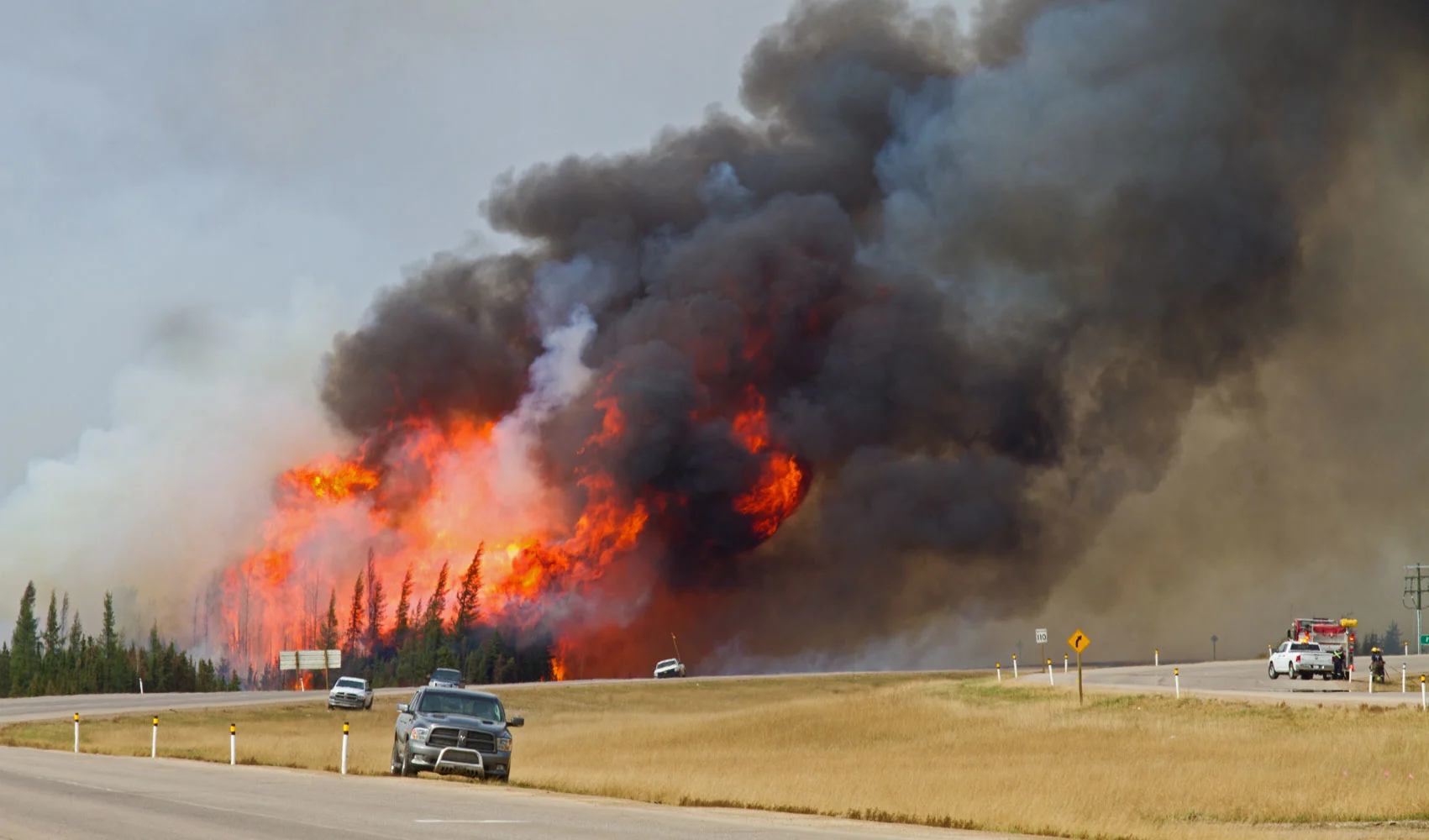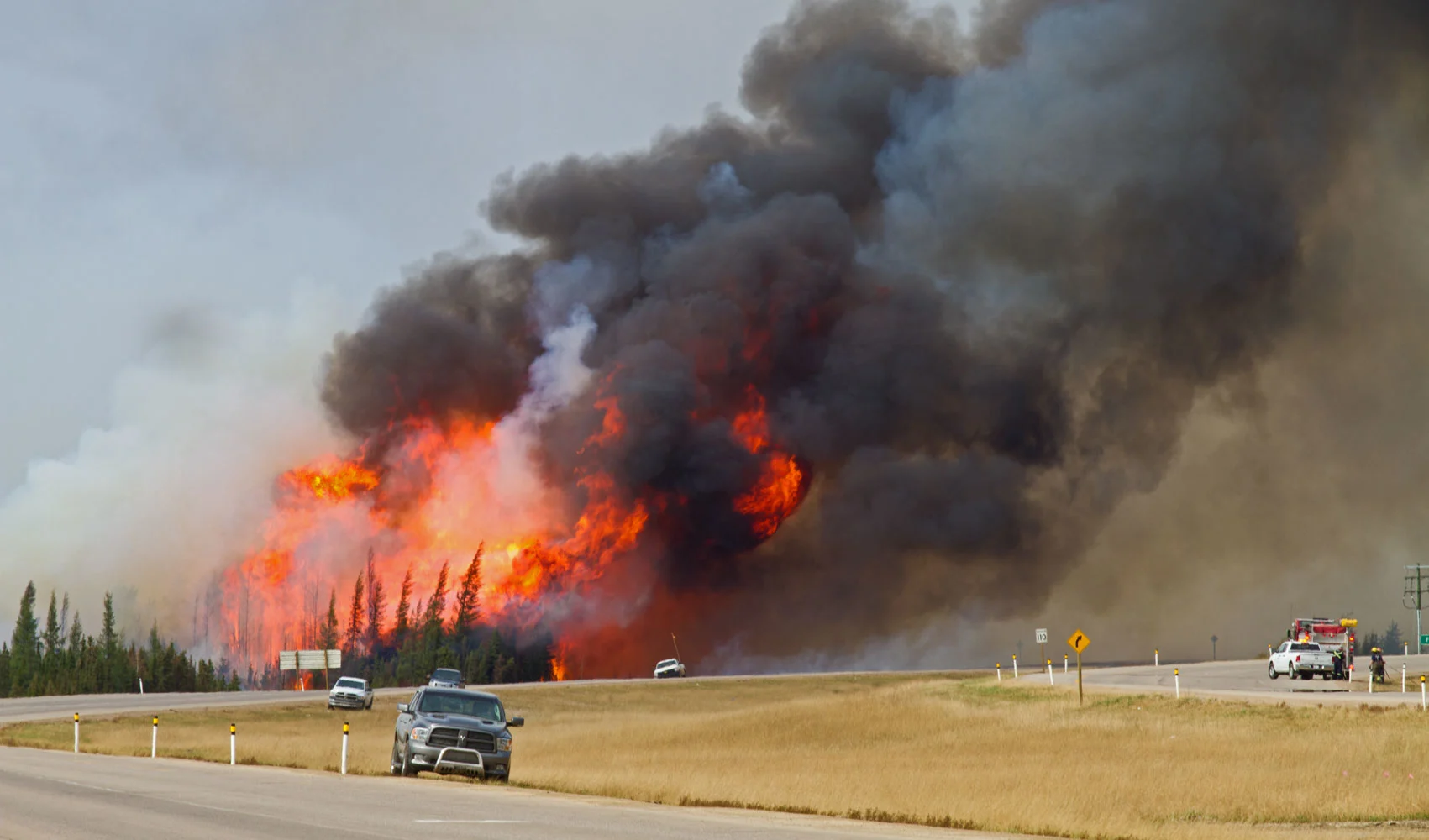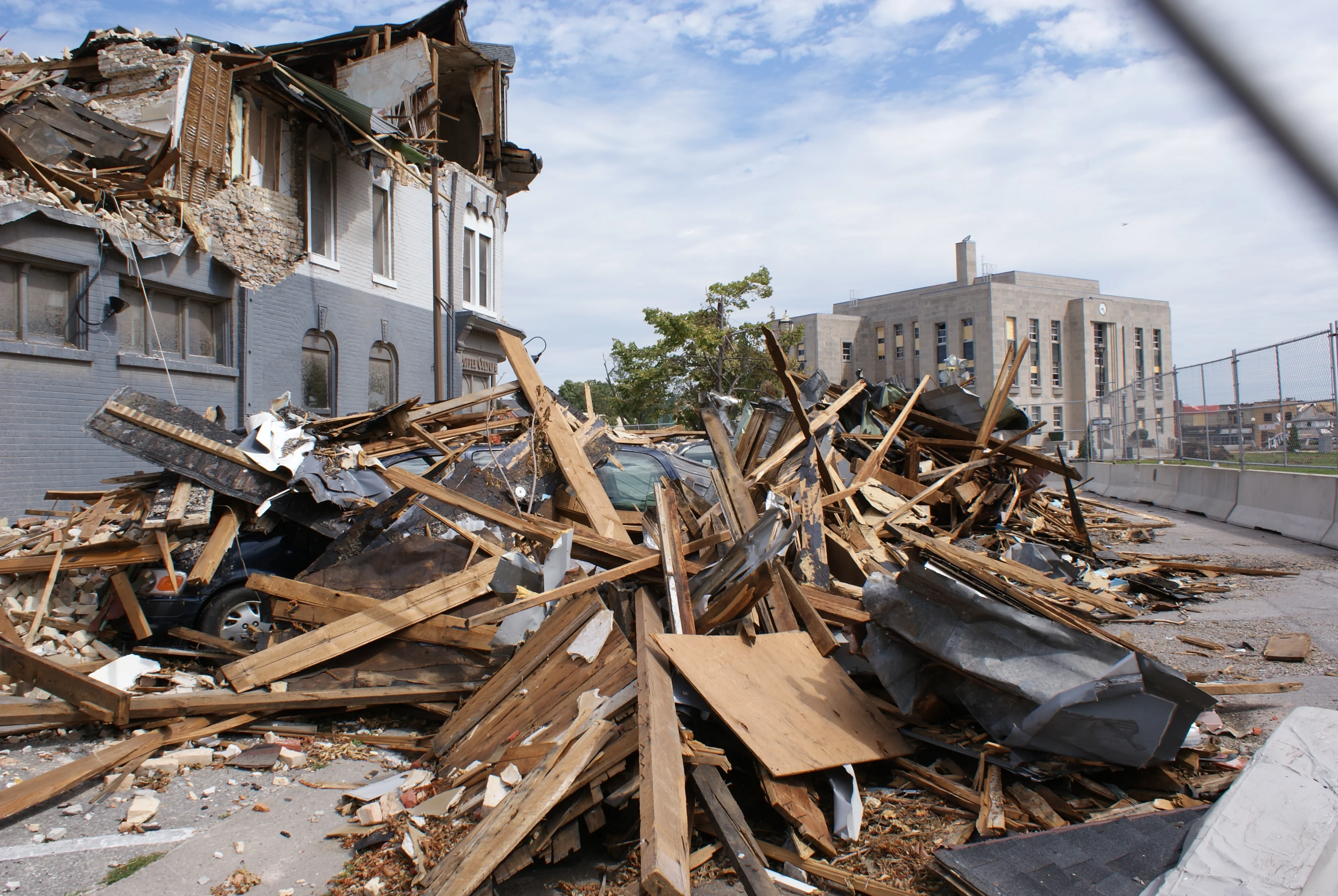
Climate-related disasters taking bigger bites out of Canada's economy: Report
Total climate-related disaster costs reached $14.5 billion over the last decade, shaving 5-6 per cent off of Canada's annual economic growth – and per-disaster costs have skyrocketed.
The cost of climate change impacts is becoming more and more clear: a new report suggests weather-related disasters in Canada shaved billions of dollars off of Canada’s GDP growth over the last decade – amounting to 5-6 per cent of that growth annually.
“Let’s face facts: These kinds of disasters are extremely expensive, both in terms of damage to property and businesses, but also in terms of lost economic output,” Ryan Ness, the adaptation research director at the Canadian Institute of Climate Choices, told The Weather Network. “When people are displaced by a flood or fire, they can’t work.”
As for damage to property and businesses, that’s drastically up as well. From 2010–2019, the total cost, around $14.5 billion, was twice what it was in the 24 years previous. That’s keeping in mind that the total cost of disasters over that quarter-decade was boosted by a single event: The 1998 Eastern Canada ice storm, which did $7 billion in damages.
Per-disaster costs are way up as well. The report estimates the average disaster did around $8 million of damage in the 1970s, but that figure is now closer to $110 million, an increase in real dollars of 1250 per cent.

Climate-related weather disasters, such as 2016's Fort McMurray, have become more damaging in recent decades, both in dollar figures and human impact. Image: Fort McMurray wildfire/Mark Robinson.
READ MORE: New record for billion-dollar disasters in 2020
That’s based on figures from two sources: The Canadian Disaster Database, which tracks events that are declared disasters by the government dating back to the 1970s, and the Insurance Bureau of Canada, which includes weather-related insurance claims from catastrophic events of at least $25 million since 1983.
“Although there are some differences between the data sets because they’re tracking different things, they show the same trends over a number of decades: That these catastrophic weather events are becoming more frequent, and total costs and average costs are going up,” Ness says.
Aside from the average costs, there are the significant disasters to take note of, such as the 2016 Fort McMurray wildfire, which sent more than 80,000 people in the heart of Canada’s oil country fleeing to safety and destroyed 5-10 per cent of structures in the community.
The total price tag—the combined property, infrastructure, business interruption, and other indirect costs—came to around $11 billion, the report says, which was the equivalent of around 3.5 per cent of Alberta’s GDP, or about a year and a half of lost economic growth.
INCOMPLETE INFORMATION
The institute’s report recommends Canada’s federal, provincial, and municipal governments boost spending on disaster prevention, and do a better job of coordinating that approach between themselves. It also says governments and financial regulators enhance public disclosure and transparency of the economic and social risks in the public and private sectors—making clear to Canadians what’s at stake in the decades to come. After all, it could be argued that climate change is setting the stage for these disasters to be even worse.

The researchers say Canada's various levels of governments should boost spending on disaster prevention and improve coordination. Image: 2011 Goderich tornado damage, credit Robert Tugwood.
READ MORE: Ottawa to hike federal carbon tax to $170 a tonne by 2030
However, one point the researchers make is that action on climate change mitigation may need to be taken on incomplete information, since the exact economic costs of individual disasters are hard to quantify in advance.
When asked how to make that point, Ness says that though we may not have all the information, the data that we do have all show the costs are enormous and getting bigger–something that more and more Canadians are experiencing for themselves.
“We will never have perfect information but we already know enough to see that the consequences of not being prepared will vastly outweigh the cost of preparation,” Ness argues.
As well, Ness says Canadians’ appetite for climate action seems to be growing, citing polling data from December.
This poll, conducted by Abacus, found 83 per cent of Canadians want the country to be seen as “determined to help combat climate change.” Drilling deeper, Abacus also found 83 per cent of Canadians want to be seen as “producers of goods that come with good sustainability credentials,” and 76 per cent wanted the country to be seen as “an economy that runs on renewable energy.”
“This debate has shifted rapidly and a climate plan is increasingly viewed as central to an economic plan for the future,” Abacus chairman Bruce Anderson said at the time of the poll’s release.
WATCH BELOW: AS FOSSIL FUELS SLIDE, INVESTMENTS ARE SHIFTING TOWARDS RENEWABLES
Ness, for his part, says one way to help to get more people on board with mitigation costs is to focus less on emissions reductions and abstract economic impacts, and more on the relatable impacts on people.
For example, the 2013 Alberta floods, followed soon after by the 2018 Fort McMurray fire, not only damaged the economy, but also disrupted people’s employment and livelihoods. And even now, years afterward, people in continue to experience higher levels of mental illness and depression.
“We aren’t talking about abstract increases in average annual temperature or percentage changes in rainfall that people often find it hard to relate to,” Ness says. “These are billions of dollars in losses that are costing Canada and Canadians right now, and that will only get bigger.”







